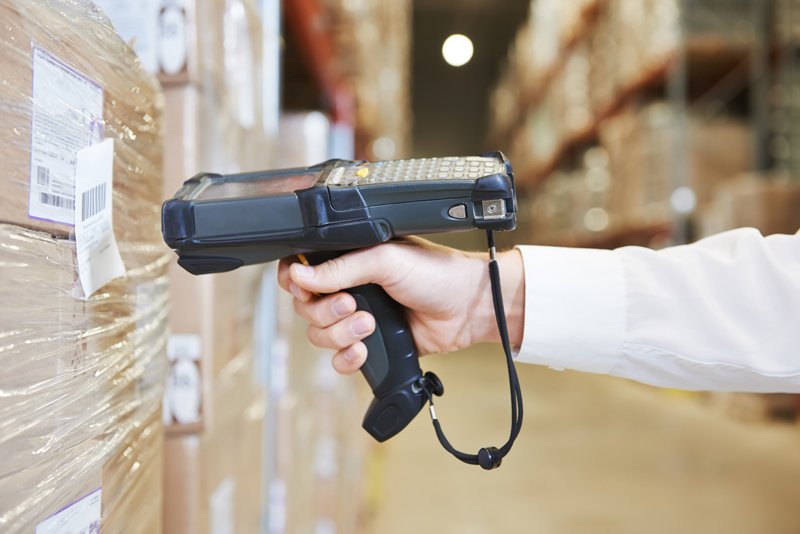9 Common Characteristics of Traceability

“Farm to Fork” and “Ocean to Plate” deceivingly simple terms used to describe the scope of traceability.
However, it is arguably the most complex of supply chain topics. There is no shortage of white papers, scholarly articles, and industry groups providing both education and standard practises.
The Canadian Food Inspection Agency defines a traceability system as the identification of an animal/product, premises location, and tracking the movement of the animal/product. In everyday use, traceability systems allow your supply chain partners to determine if your product has been handled properly while enroute to their facility, identify its origins, and allow for efficient processing and tracking. In an emergency, traceability allows for the effective and targeted identification and location of all affected products through a series of common attributes.
Today we will be focusing on these common attributes. How you use and display them is largely determined by your industry association, government groups, and your supply chain partners.
- GTIN or Global Trade Index Number.
Refers to a family of barcodes that you will need to acquire if you sell to a retailer. Obtained from GS1 www.gs1.org they will assign you a unique supplier ID and product code. Depending upon both the product or country you’ll be issued an 8, 12, 13, or 14-digit barcode. Popular examples include EAN-8 used on small items and UPC-A which is used widely by all retailers in North America.
- Lot Number
This is a number used to represent a particular production batch. In the food industry it is very common to see the Julian date as the lot #. In the steel industry the Heat # is used as the lot # and in the automotive industry the VIN – vehicle identification number contains both the lot # and serial # of the car.
- Serial Number
This is a unique number that basically identifies the item individually. Typically used for items carrying a warranty. It is not uncommon to see it used extensively, likein the aerospace industry where virtually every nut and bolt is serialized.
- Pallet Identifier or License Plate (see Part 6).
Using the license plate and linking it (through scanning) to the non-unique case number. This will allow for better stock rotation as FIFO principles can be applied based on the license plate.
- ASN or Advance Ship Notice.
ASNs contain detailed information about the shipment such as PO, case GTIN, pallet (SSCC), quantities, ship date, manifest, etc. This data can be used to plan inbound or cross dock logistics but also support traceability queries.
- EDI or Electronic Data Interchange
This standard communication protocol is an absolute must if you plan to communicate with your supply chain partners efficiently. It also provides for an easy to access audit trail of product movement.
- Human Readable data
Barcodes get damaged so make sure your labels show in human readable format, the supplier name, product description, and lot number.
- Supplier Pallet ID and Case ID
Incorporating this supplier data into your inventory tracking system will allow for easier traceability and provides an essential link back to your supplier.
- UCC 128 label
This ‘super’ barcode allows you to encode virtually any information into a single barcode. There is a standards format and uses application identifiers for each type of data you’re putting into your UCC label. To get an idea for the wide range of datasets you can put into this label see http://en.wikipedia.org/wiki/GS1-128.
At its core, traceability is about cooperation and abiding to ‘standards’ of communications and labelling amongst your supply chain partners. After all, your traceability program is only as strong as its weakest link.
For more helpful articles head over to the Pi Blog.
Bonus Tip for Infor VISUAL ERP Users!
If you’re going to start tracing product such as Lot numbers or Serial numbers, you need to turn-on LST or Lot Serial Trace in VISUAL. As of Version 8.0 it’s now included. VISUAL LST module is a great feature and allows you to capture up to 10 specific data points (A or N properties) against your materials. Without trace you can never properly perform FIFO or first in first out stock rotation. Once you turn on trace having a barcoding system becomes an absolute necessity.


